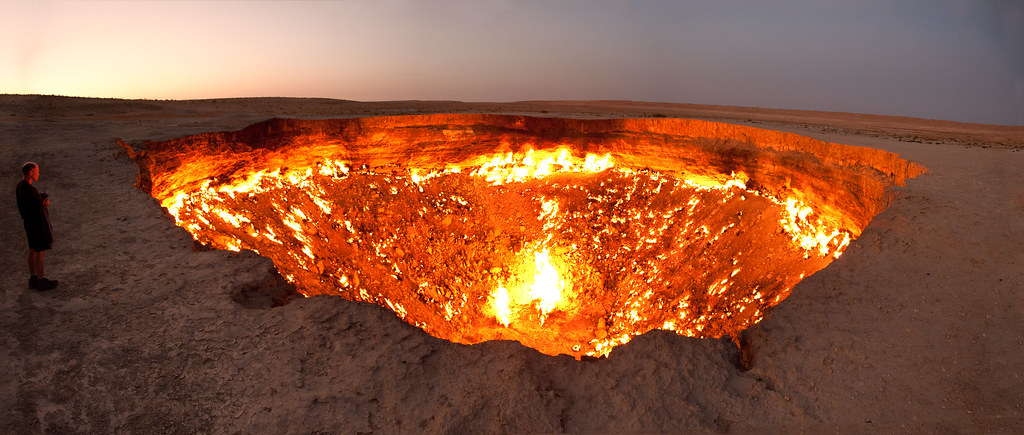A new study led by Brown University researchers shows how a water-rich mineral could explain the planet's color, hinting at a wetter, more habitable past on the Red Planet.
PROVIDENCE, R.I. [Brown University] - Mars has captivated scientists and the public alike for centuries. One reason is the planet's reddish hue, earning the fourth rock from the sun its best-known nickname - the "Red Planet." But what exactly gives the planet its iconic color? Scientists have wondered this for as long as they've studied the planet. Today, they may finally have a concrete answer, and one that ties into Mars' watery past.
Results from a study published in the journal Nature Communications and led by researchers from Brown University and the University of Bern suggest that the water-rich iron mineral ferrihydrite may be the main culprit behind Mars' reddish dust. The team's theory - which they reached by analyzing data from Martian orbiters, rovers and laboratory simulations - runs counter to the prevailing theory that a dry, rust-like mineral called hematite is the reason for the planet's color.
"The fundamental question of why Mars is red has been thought of for hundreds if not thousands of years," said Adomas Valantinas, a postdoctoral fellow at Brown who started the work as a Ph.D. student at the University of Bern. "From our analysis, we believe ferrihydrite is everywhere in the dust and also probably in the rock formations, as well. We're not the first to consider ferrihydrite as the reason for why Mars is red, but it has never been proven the way we proved it now using observational data and novel laboratory methods to essentially make a Martian dust in the lab."
Ferrihydrite is an iron oxide mineral that forms in water-rich environments. On Earth, it is commonly associated with processes like the weathering of volcanic rocks and ash. Until now, its role in Mars' surface composition was not well understood, but the new study suggests that it could be an important part of the dust that blankets the planet's surface.
The finding offers a tantalizing clue to Mars' wetter and potentially more habitable past, because unlike hematite, which typically forms under warmer, drier conditions, ferrihydrite forms in the presence of cool water. This suggests that Mars may have had an environment capable of sustaining liquid water - an essential ingredient for life - and that it transitioned from a wet to a dry environment billions of years ago.
"What we want to understand is the ancient Martian climate and the chemical processes on Mars - not only ancient, but also present," said Valantinas, who works in the lab of Brown planetary scientist Jack Mustard, a senior author on the study. "Then there's the habitability question: Was there ever life? To understand that, you need to understand the conditions that were present during the time of this mineral formation.
"What we know from this study is the evidence points to ferrihydrite forming, and for that to happen there must have been conditions where oxygen, from air or other sources, and water could react with iron. Those conditions were very different from today's dry, cold environment. As Martian winds spread this dust everywhere, it created the planet's iconic red appearance."






